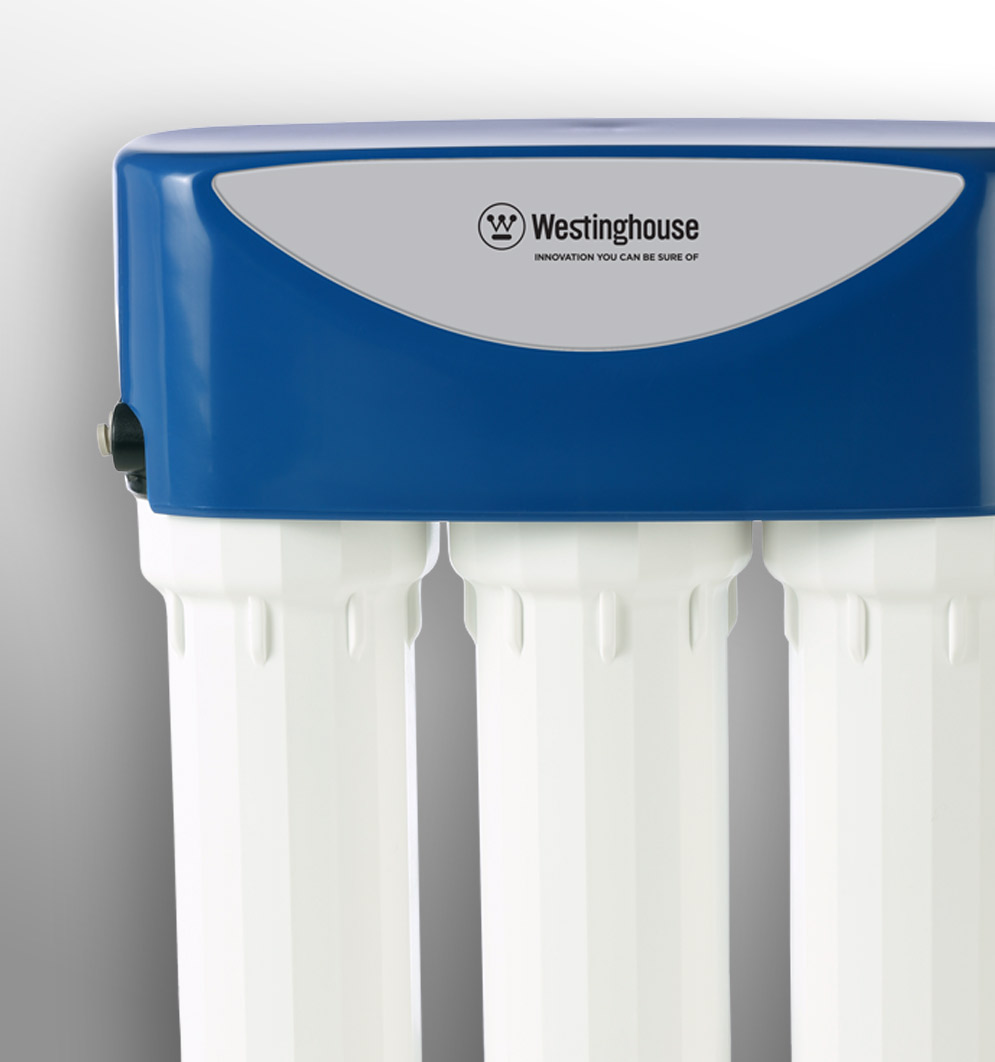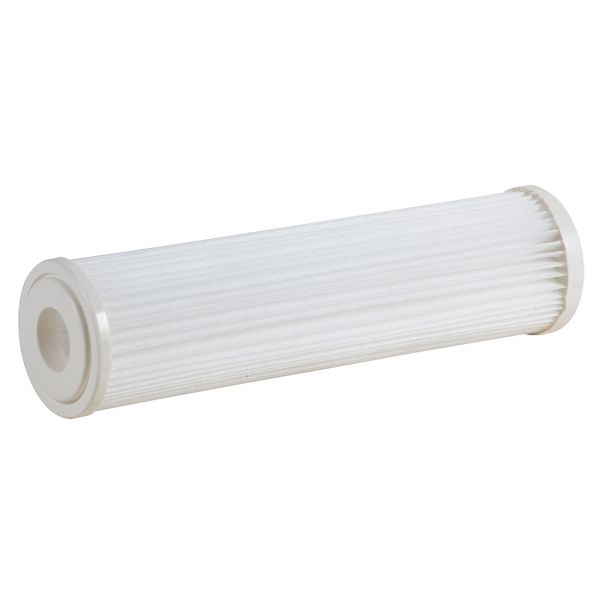Reverse Osmosis
Drinking Water Systems
For assistance, or to schedule a
free water analysis call (512) 522-AQUA
Reverse Osmosis
When it comes to home water filtration, one of the most popular forms has been reverse osmosis ever since its beginnings in 1977 and for good reason. Reverse osmosis is a system with minimal upkeep that helps to rid water of various contaminants as well as discoloration and odors that are typically found in common household tap water. See how Reverse Osmosis water can benefit your family by scheduling a free water test.


How Does Reverse Osmosis Work?
In order to fully understand reverse osmosis, it is important to understand osmosis which is a natural process by which water moves from an area of low concentration to an area of high concentration through a semipermeable membrane. If for example you made a balloon out of a semipermeable membrane, filled it with water and dropped it into a tank of fresh water, the balloon would be at risk of popping as water rushed in from the tank into the balloon. Reverse osmosis creates the opposite effect by creating pressure and pushing water through a membrane while leaving behind the materials dissolved inside of it.
Sediment Pre-Filter
This is an important piece of the reverse osmosis filtration process as it removes large salts, sand, sediment and dirt that could damage the reverse osmosis membrane if they were allowed to reach that stage of the process.*image shown as example only.

Activated Carbon Filter
After water runs through the sediment filter it then reaches the carbon filter which helps to remove chemicals such as chlorine that could also damage the reverse osmosis membrane. This stage also vastly improves the taste and smell of your water.*image shown as example only.

Reverse Osmosis Membrane
The semipermeable membrane is the most important part of the filtration process as it allows water to pass through without carrying other contaminants that may be dissolved inside of it. The result is clean, great tasting water that is odorless and ideal for drinking, cooking or bathing.*image shown as example only.


Upkeep and Service for Your Reverse Osmosis System
Apart from the high quality water it delivers, another major benefit of the reverse osmosis system is the minimal upkeep and maintenance associated with servicing the filtration system. Depending on the usage of your system, a reverse osmosis system will need to have its sanitary exchange modules replaced every 6 months to one year. Aqua Life Water Solutions also suggests that reverse osmosis systems be sanitized once a year in order to ensure that your water is as clean as possible when it is used.
We have several service plans available to meet your specific needs. Please call to set up your annual service or to choose a service plan and save money.
You can reach our Service Department at (512) 522-AQUA, option 4. Or contact us by clicking here.
MANUFACTURER RECOMMENDS: The recommended interval for changing the modules (not the Membrane) is every 6 to 12 months. Typical T.F.C. Membrane life expectancy is three years. Local conditions may dictate more frequent changes.
